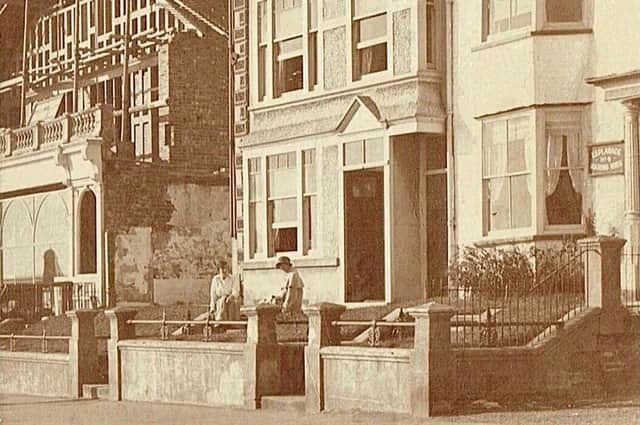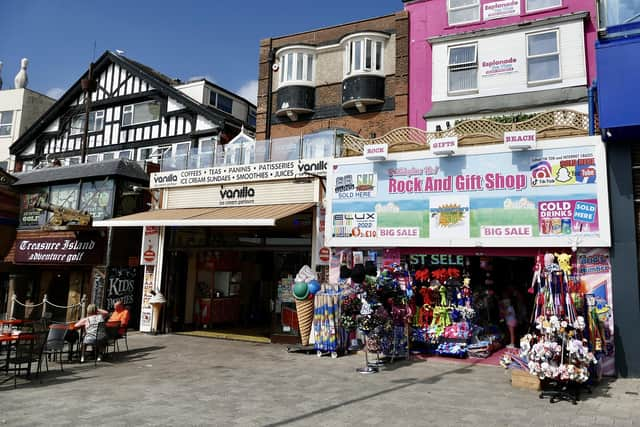The ‘Now and Then’ column with Aled Jones: Looking at the old, impressive buildings on Bridlington’s Esplanade


Today families enjoy the modern amusement arcades, not to say the splendid ice cream and gift shops.
One of the most popular attractions is the Treasure Island Mini Golf and Haunted House, with its swashbuckling facade.
Advertisement
Hide AdAdvertisement
Hide AdBut don’t get distracted by that; the property it’s housed in has a rich and long history in the community, having been a family home, a fine café, a theatre, a cinema, a nightclub, etc.


The Treasure Island Golf started out as Sandon House (9 Esplanade), a magnificent early 19th-century sea front villa.
One of the poshest houses ever built in Bridlington, it was set well back from the rest of the Esplanade.
The front comprised a huge, walled garden that must have been a joy to sit in and look across the great expanse of sea. It was in this front garden that Fields, grocers of Hull, built their upmarket Oriental Café in 1897, the subject of this week’s vintage postcard.
Advertisement
Hide AdAdvertisement
Hide AdAmazingly, the Victorian postcard shows the actual building work in progress, offering an insight into construction methods 125 years ago. Note the half-timbered gable end (partially hidden by a scaffold), a feature that still exists today!
It shows two ladies seated outside the Regency era house that’s now a rock shop and holiday complex.
The architects were Smith and Broderick of Hull, who also created a beautiful fairytale wonderland in the remaining walled garden behind the café. Known as the ‘Garden of a Thousand Lights’, it was covered by cast-iron and glass in 1901 to become known as the Winter Gardens.
Most visitors agreed that it was the most magical sight they’d ever seen. By 1911 it had been converted to an opulent concert hall and theatre.
Advertisement
Hide AdAdvertisement
Hide AdThe Vanilla ice cream parlour next door, with its semi-circular window and second-floor bows, is clearly missing from the postcard. This is because the building wasn’t constructed until the ‘Roaring Twenties’.
The business was granted a cinematograph licence in 1912 on condition that it opened a second entrance on Promenade, as a fire precaution.
During the 1960s and 1970s the ‘New Lounge’, as it became known, operated as a popular licensed bar and restaurant, before its conversion in 1982 to Mountbattens nightclub, afterwards Liberty’s.
The building remained Liberty’s nightclub until its 2016 transformation into apartments and shops.